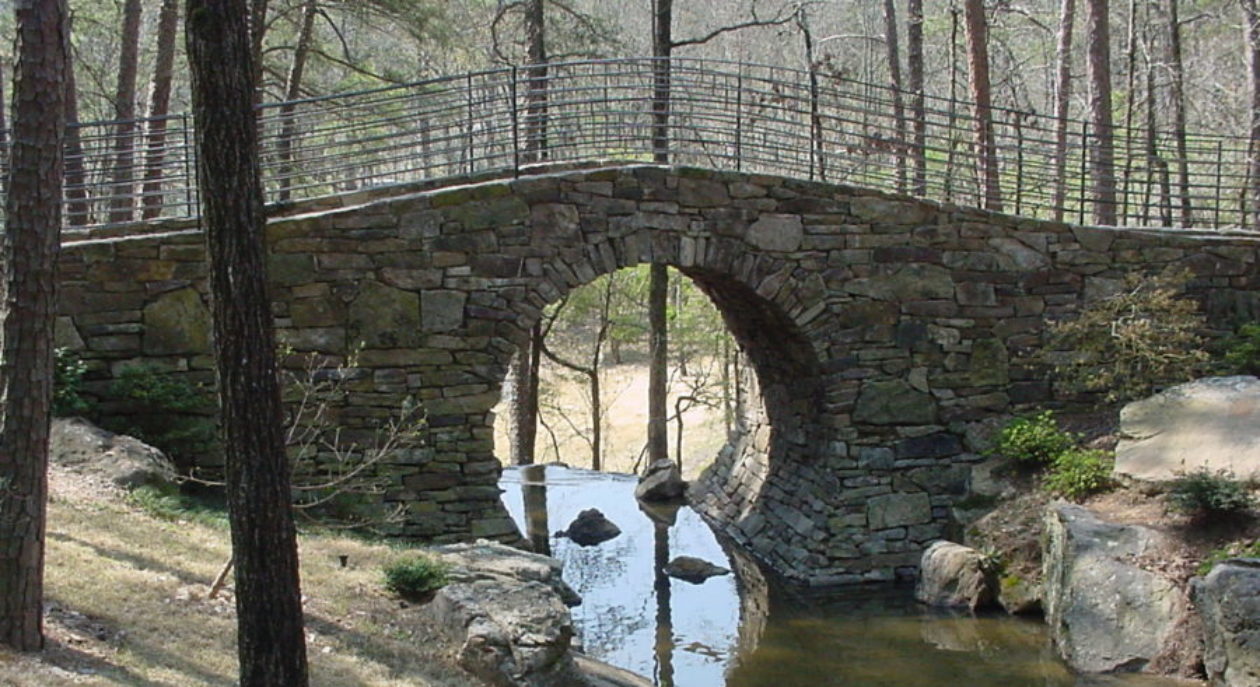Post #8 in my series on Neo-Romanticism
Once again, I am exceedingly indebted to Walter Simmons and his book Voices in the Wilderness, Six American Neo-Romantic Composers. I quote him liberally and highly recommend his book to anyone desiring to fully comprehend American Neo-Romanticism and the works of these six wonderful composers. Also, please visit his website https://walter-simmons.com/ for more articles and information about his mission: The discovery and promotion of 20th- and 21st-century classical music that embodies traditional aesthetic values of emotional and spiritual expression, along with clarity of formal structure and coherence.
Despite the neo prefix “the early Neo-Romantics were not reviving a style from the past—they were evolving along a continuum still very much alive.”1 They embraced many stylistic features of the late 19th and early 20th centuries, and indeed knew, or knew of, many of the ‘greats’ of that period: Richard Strauss, Mahler, Stravinsky, Puccini, Rachmaninoff, Sibelius, Debussy and Ravel, among others. Bloch and Sibelius were life long friends, and he was also personally acquainted with Debussy and very much admired the French impressionists.
Simmons “posits a Neo-Romantic ideal, in which the expression of emotion, depiction of drama, and evocation of mood are joined with, rather than opposed to, formal coherence, developmental rigor, and structural economy.”2 The American neo-romantic “tended to emphasize intense, passionate emotional expression, lavishly colored instrumental sonorities, and a rich, chromatic harmonic language derived from expanded triadic harmony.”3 Simmons further offers the following four points as the ultimate distinguishing characteristics of American neo-romantics:
- Most “displayed a greater use—and a more economical and disciplined application—of classical forms and more modest durational proportions in general than their European models.”
- They “display certain characteristics often identified as ‘American,’ chiefly a heightened importance of rhythmic drive—frequently irregular, asymmetrical, and syncopated—and associated with this—a greater and more varied use of percussion instruments.”
- Especially by mid-century, they “expanded the harmonic language of their predecessors by raising the dissonance quotient…(often adding harshness, richness, or both), thereby expanding the expressive potential of the harmonic language.”
- Finally, “the American Neo-Romantics approached the matter of tonality somewhat differently from most of their European predecessors. In the earlier music of the neo-romantics, a tonal center is usually apparent at any given moment, although such centers may shift frequently within a work or section of a work, without a primary tonic exerting a unifying or hierarchical function relative to subordinate tonal regions. In other words, rather than an overall organizing principle as in much European music, tonality functions in neo-romantic music as a local expressive device, its relative strength or weakness contributing to a sense of emotional stability or lack thereof in the work at hand. Furthermore, in later neo-romantic compositions, a subjective perception of tonality may be absent altogether for greater or lesser periods of time, allowing for the expression of more extreme emotional contrasts. But even during passages when a tonal center is largely imperceptible, subjectively experienced tensions rooted in tonal expectations serve as important expressive elements.”4
1 Simmons, Walter. Voices in the Wilderness, Six American Neo-Romantic Composers. The Scarecrow Press, Inc., Lanham, Maryland, Toronto, Oxford, 2006, p. 10 2 Simmons. p. 11 3 Simmons. p. 12 4 Simmons. p. 12





